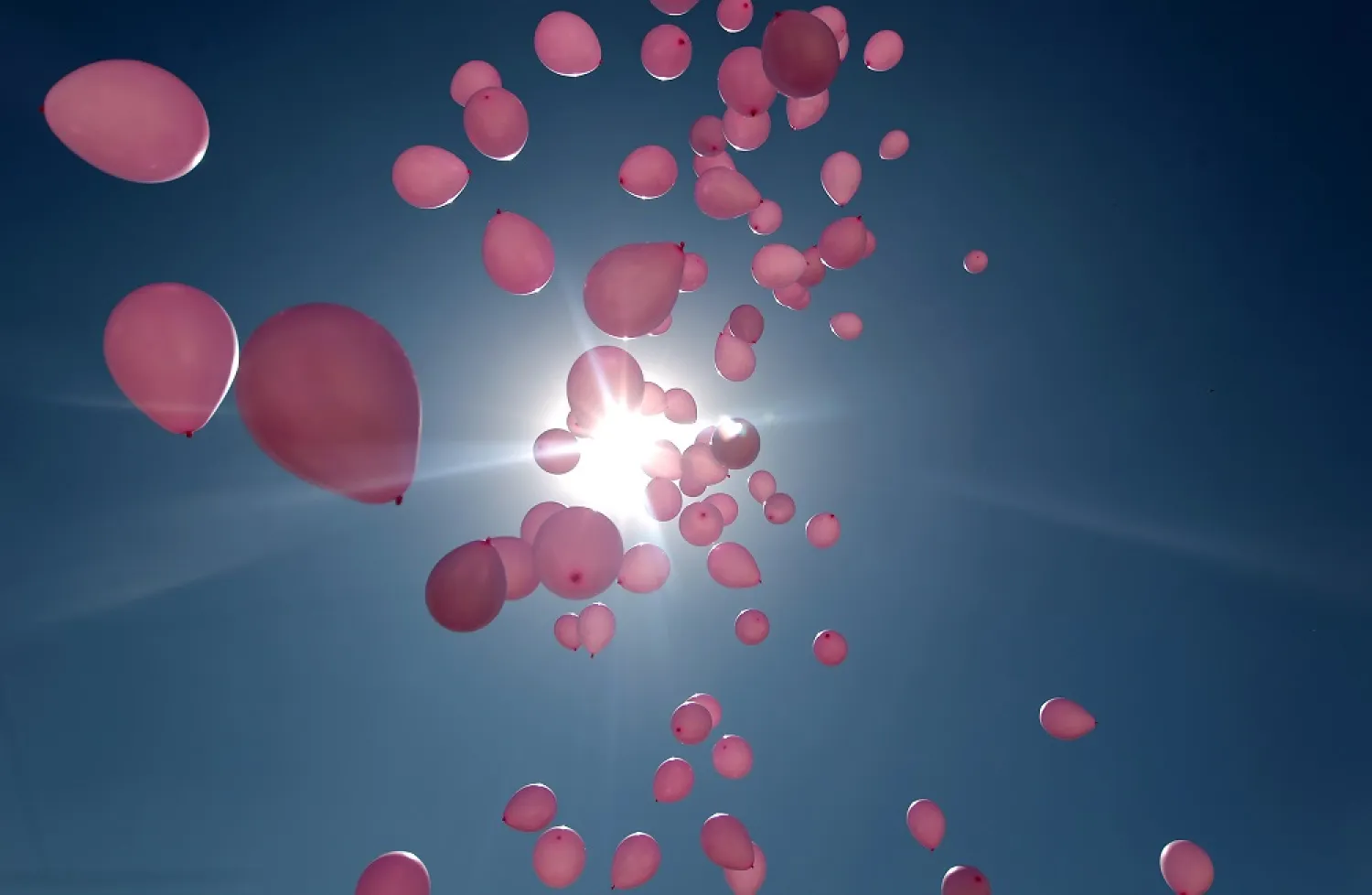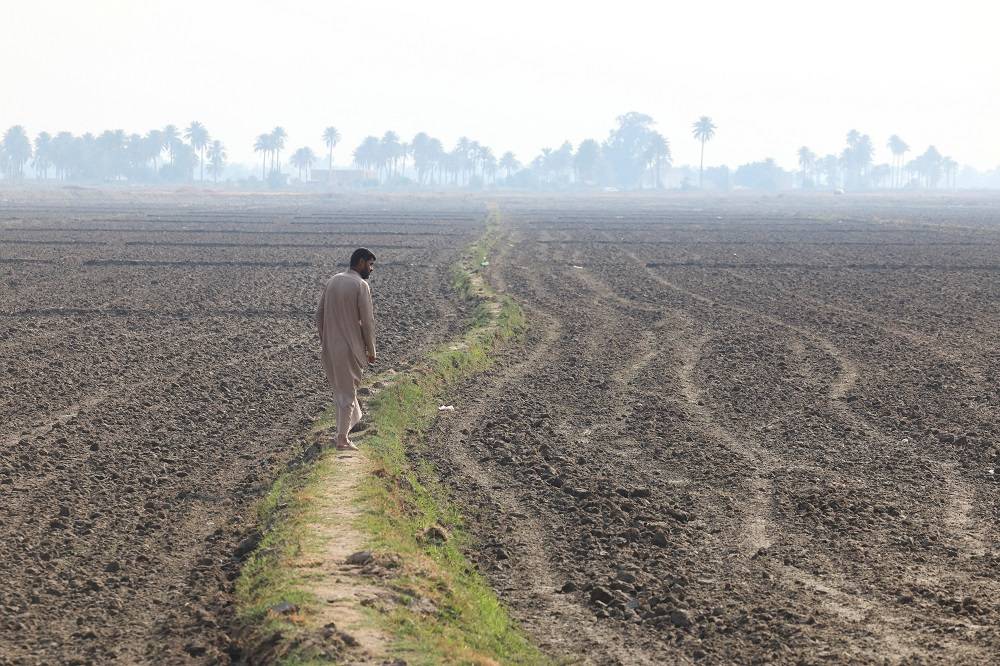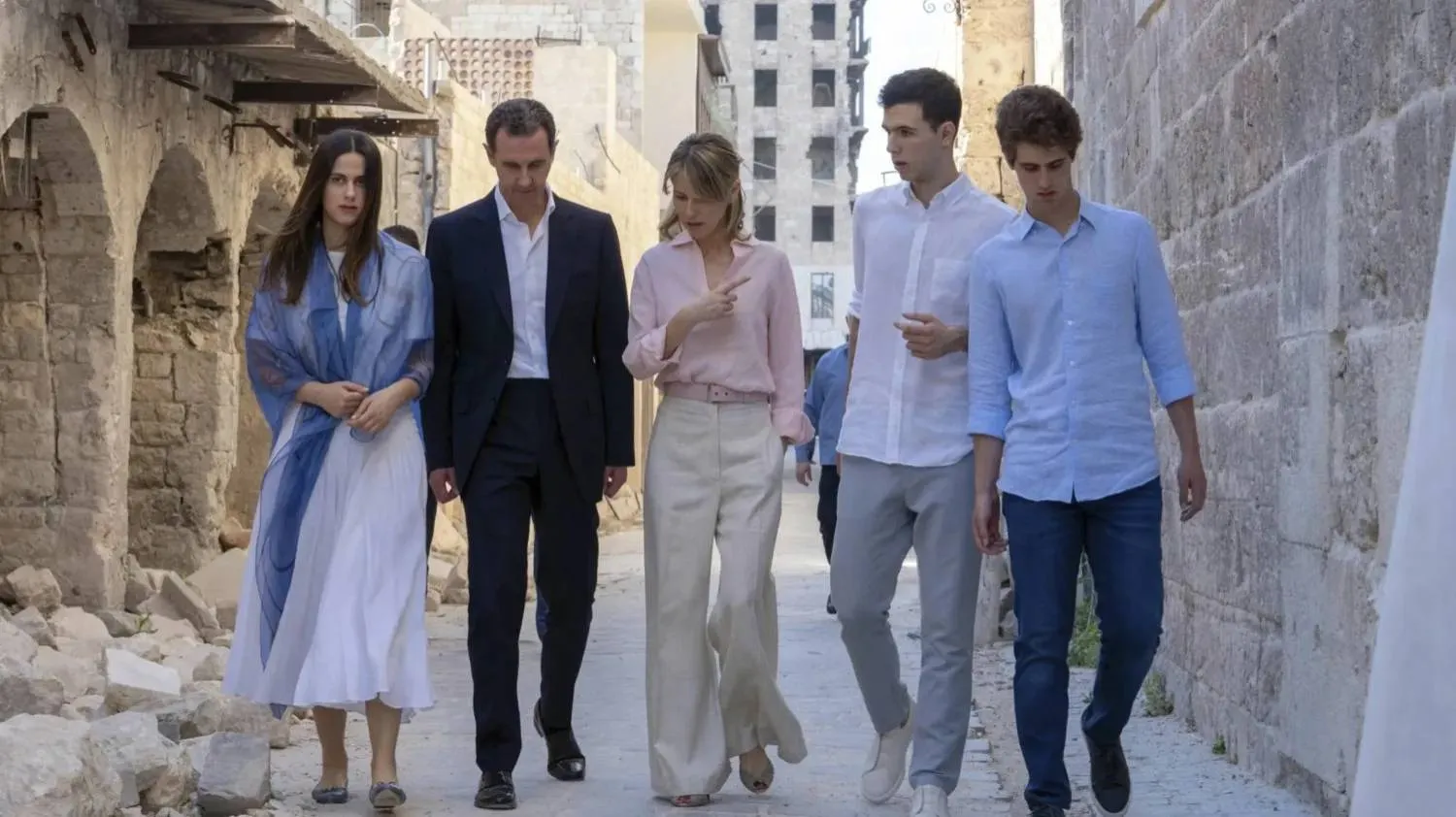Betrayal is painful and hard. We have always heard of the betrayals of the spirit and body and my opinion about the issue was clear and frank: “If I were to ever be betrayed, I would leave my partner silently and with no return.”
Unfortunately, it never occurred to me that I would be betrayed by my own body. Yes, my body betrayed me. What can I do? Do I leave it? Impossible.
I didn’t cry the moment I learned that cancer had affected my left breast. Time stopped for a second, but I returned to reality and I made sure that I was living a real moment. I was not in a nightmare that would disappear the instant I open my eyes.
I left the clinic in shock. The news was a shock, how could it not? No one in my family had suffered from this disease before. As I walked down the street, only one question kept running over and over in my mind: “How could my body betray me? I have always taken care of you, treated you with respect and fed you the best food. What have I done to you to do this to me?”
My life changed in an instant on that sunny spring day in London in May. My view of Harley Street, which is lined with the most famous clinics in London, changed. I decided to remove the tumor two weeks after it was discovered. I wanted to get rid of it as soon as possible, not out of fear of death but out of a sense of betrayal and the need to get away from and cut all ties with it.
I went through massive emotional turmoil as I awaited the results of the tumor biopsy. I experienced conflicting feelings. I sometimes felt that I will be fine and that result will be fine and that the tumor would just be benign. At others I felt an odd feeling. A kind of sadness mixed with all the questions that were running in my head. Many questions and no answers because I had promised myself that I would celebrate the day I heard the results, regardless of what they were.
And so it happened. I dressed in my finest, made up my hair and put on makeup. I fought back the tears that I had hidden from my family and closest friends. I went to a restaurant and had my favorite food. I was happy because I had turned that day that I cannot describe as “dark” into a new birthday. This is because that day changed the course of my life in absolutely all possible ways.
I sought refuge in reading. I turned into an oncologist in a matter of two weeks. I was able to discuss my case with the presiding medical team. I understood my condition and adjusted to it. Never for a moment did I ask myself: “Why did this disease choose me and not someone else?” Yes, it’s a malicious disease indeed, because it creeps into your cells without you even noticing it. It is malicious. Whoever chose that word did a good job because it is like people who creep into your life, pretend to love you and then stab you in the back. It is malicious because it is not painful, but imposes its authority and power in your veins and blood. Its sole purpose is to destroy you.
A dear friend who visited me during my radiotherapy sessions last summer told me: “The disease will regret choosing you.” Indeed, I made it regret, not because I am aggressive, but because when I make a promise to myself, I commit to it. I do not believe in challenges, but I do take risks. I do not seek to harm others, but I make warnings. I do not violate the rights of others, but I speak out when mine are.
My case with cancer is personal and I had to deal with it by myself. I don’t like to use the word “defeat”, “battle” and “conflict” when speaking about the disease. I did not battle the disease, but I killed it with my positivity. I burned it with my love for life. I tortured it with my smile. I made it suffer when I ignored it. I taught it a lesson that it will remember in the future. I did what I had to do. I listened to the advice and instructions of the doctors. I forgave my body and gave it another chance. I gave it a break when it asked me to. I continued my work as much as I was able to. The best medicine for my disease was seeing loved ones – and they are many. How lucky I am. I discovered the disease when it was in a middle stage. I was treated by the best and most humane team, while surrounded by people who helped me throughout my plight by plying me with boundless positivity and love.
I won’t lie to you and say that cancer was a beautiful experience. But I can say that it made me love life more and appreciate what I have. It made me rejoice with what I have. It made me forgive more and love more and be more expressive with my love. The worst part about cancer is its name, especially in our Arab world, which places such a stigma on it and refers to it as “that disease.” This pains me more than the disease itself. Discussing it doesn’t bother me. Talking about the details of my therapy makes me a better person. What I want today – as I wait for next month’s tests to make sure that the treatment was a success – is to offer advice to women and men in our Arab world. October is Breast Cancer Awareness Month, please take the necessary tests. Don’t be afraid. The world has advanced. The sooner we detect the disease at early stages, the greater the chance of us overcoming it.
On the last day of my treatment, I bid farewell to people who had become my friends for two months. They all suffered from this disease and bravely faced it. Don’t surrender when you fall in this disease’s trap, because this is what it wants. It wants to crush you. Don’t succumb to it. Confront it and teach it a lesson it will never forget.
I am gradually regaining my strength and energy. I am eagerly awaiting November 21st to put behind me half a year of my life that kept me in an open jail and turned Harley Street into a second home. Every one of its doors holds a memory and hides a story. It is difficult to forget blue door no.108 where my disease was detected. Door no.88 hides that large machine that used to send radiation into my body and light my skin on fire. The color of the red door looked like the color of my blood that was drawn from my body several times. Door no.95 hid behind it the treatment of that elegant doctor, who promised me that this nightmare would end soon.
Today, I am optimistic and ask this disease one thing: “Oh malicious one, if you could creep into my body and delude it into believing that you are stronger than me, then you should know that you may have won the first round, but the ball is now in my court. I will not allow you to play in my court. Get out and don’t come back. I don’t want to wage battle with you. Get out in peace. Let me enjoy my future with my loved ones. You are desperate and don’t know that your malice is full of hatred and the need to avenge those who enjoy life.”










